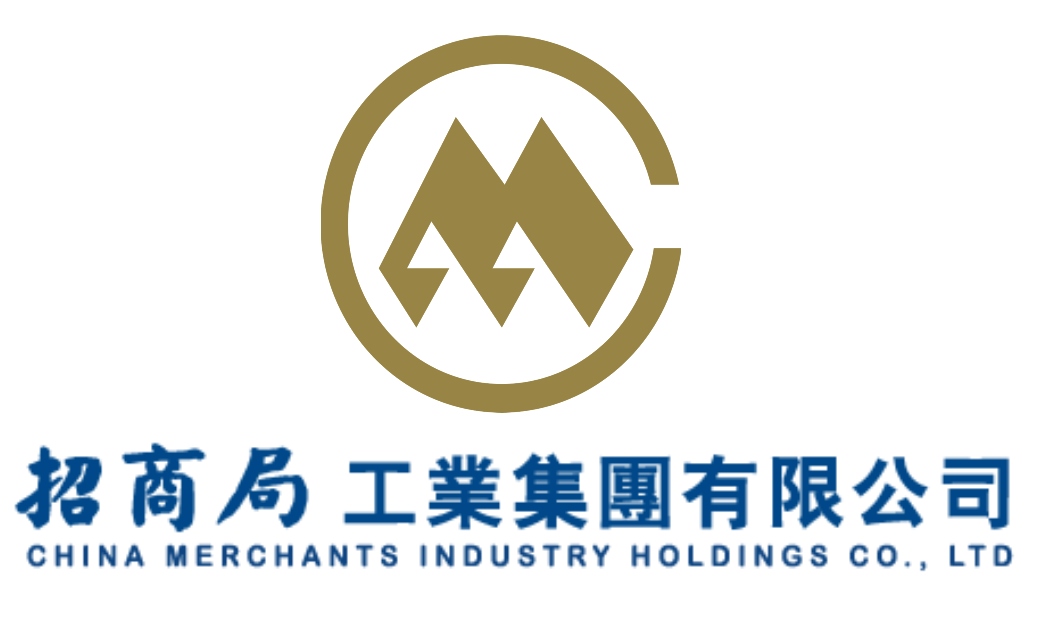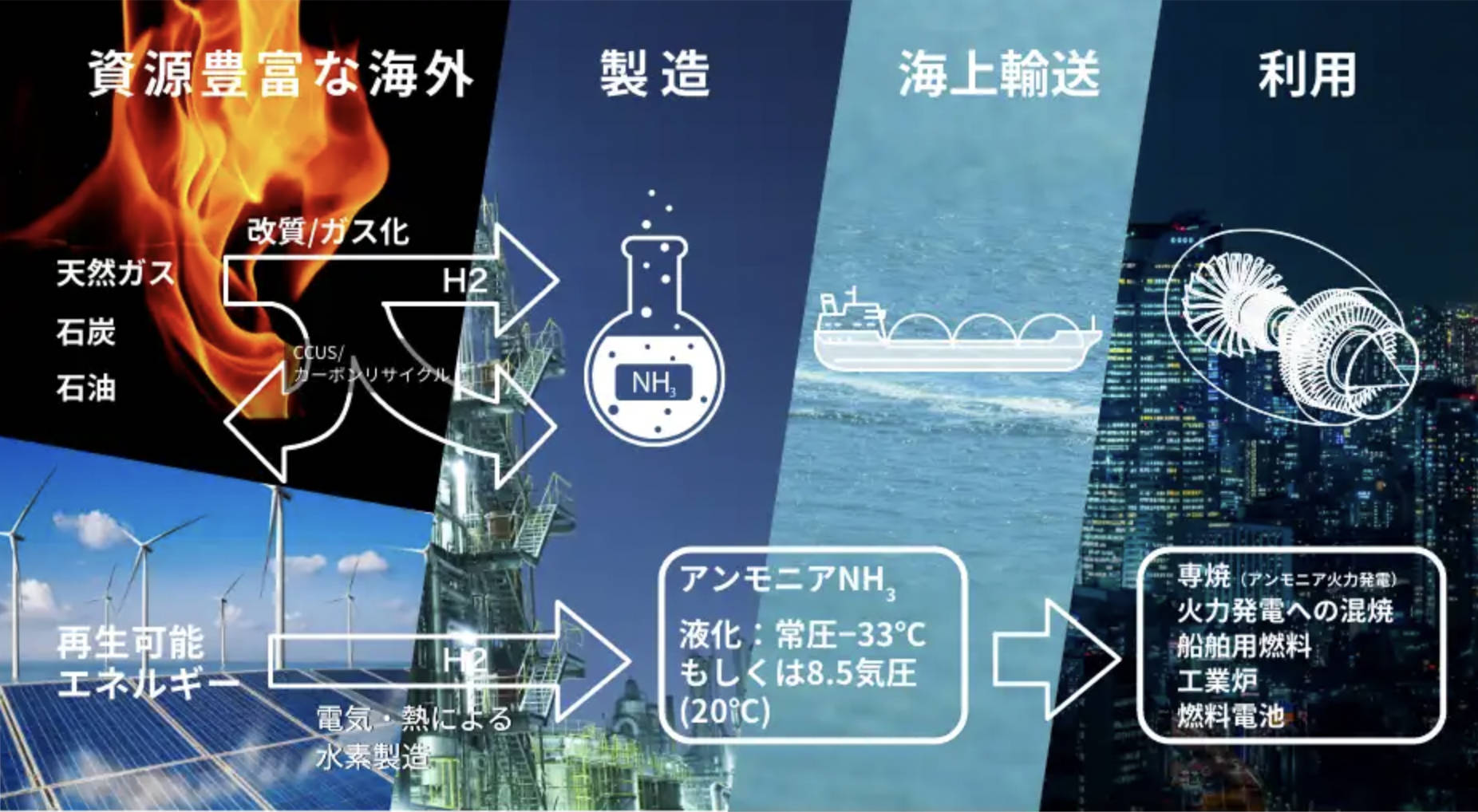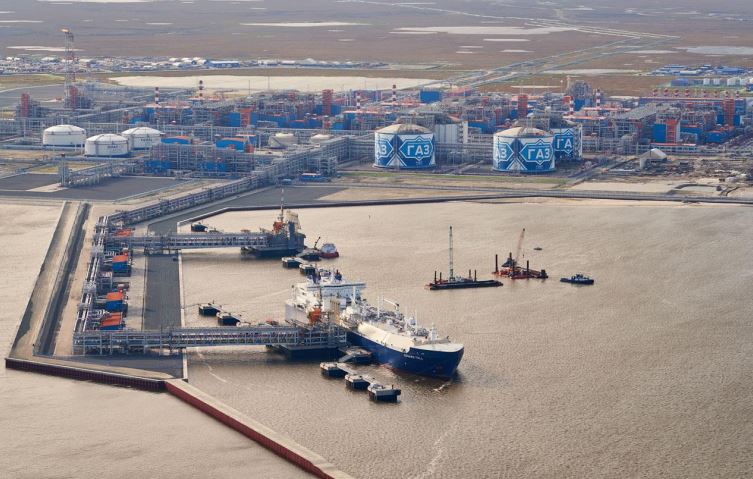Rio Tinto and AngloEastern have announced they will develop Newcastlemax class, ammonia-powered bulk carriers. The dry cargo vessels will be the maximum size allowed to dock in the Port of Newcastle, Australia: an important coal & iron ore port in global maritime trade. Both AngloEastern and Rio Tinto are members of an Itochu-led maritime fuel study investigating the use of ammonia. In Japan, a "greener ships" consortium has produced its first-ever ammonia-powered design: a Panamax-class bulk carrier. And the China State Shipbuilding Corporation will develop two 93,000 m3 ammonia-powered ammonia carrier vessels, with Bureau Veritas granting AiP for the vessel design.
Asia
JERA targets 50% ammonia-coal co-firing by 2030
Japanese government funding via NEDO will support four critical ammonia energy projects, including JERA's new plan to demonstrate 50% ammonia-coal co-firing by 2030. Other projects include improved catalysts for ammonia production, low-temperature and low-pressure synthesis pathways, and developing 100% ammonia-fed boilers and gas turbines. In addition, a new cooperation agreement between ASEAN countries will see Japan support other members to adopt their ammonia energy solutions, particularly coal co-firing.
Sembcorp Marine granted AiP for ammonia bunkering vessel
A consortium led by Sembcorp Marine has been granted AiP by the American Bureau of Shipping for a new ammonia bunkering vessel design. Sembcorp and its subsidiary LMG Marin (who was recently engaged by Grieg Maritime and Wartsila to design the MS Green Ammonia) were responsible for the design phase, which passed a rigorous HAZID assessment with support from the American Bureau of Shipping. Consortium partners also include Mitsui O.S.K. Lines and Itochu, two organisations with growing ammonia interests in Singapore. The new announcement is one of a number of ammonia & ammonia-ready bunkering designs in progress, with Korean Register, Oceania, Kanfer, Azane Fuel Solutions and the Korean Green Ammonia Shipping/Bunkering Consortium all at various stages of progress with their designs.
Fortescue and Covestro enter into long-term off take agreement
Fortescue Future Industries and German-based polymer manufacturer Covestro have entered into a long-term agreement for the supply of green hydrogen and derivatives, particularly green ammonia. Up to 100,000 tonnes per year of green hydrogen will be delivered to Covestro locations in Asia, Europe and North America, possibly commencing in 2024.
The first Russian-German low-carbon ammonia supply chain
Uniper and Novatek have signed a long-term supply agreement to transport up to 1.2 million tonnes of blue ammonia annually from Novatek's to-be-built blue ammonia plant in Siberia to Uniper's planned "climate-friendly" hydrogen hub in Wilhelmshaven.
Approval in Principle from Korean Register for two ammonia-fueled vessels
Korean Register has granted AiP for two more ammonia-fueled vessel designs: a 60,000 m3 carrier and a 38,000 m3 ammonia transport/bunkering vessel. Both designs were developed by Korea Shipbuilding & Offshore Engineering, with assistance from Hyundai Heavy Industries. Importantly, the new AiPs mark the first milestone achievement for the 'Green Ammonia Shipping/Bunkering Consortium', which was launched in May 2021 with the explicit purpose of developing ammonia-fueled ship designs for approval by Korean Register.
Sumitomo looks to ammonia-fueled shipping & bunker fuels
Sumitomo and Oshima Shipbuilding will jointly design & develop an 80,000 m3, ammonia-fueled dry bulk carrier, to hit the water by 2025. In a separate agreement, Sumitomo and Keppel O&M will work together to implement ammonia fuel bunkering in Singapore, with the aim to begin commercial operations in the mid-2020s. Development of a bunkering vessel and a full ammonia value chain (including offshore power generation) is central to the Keppell partnership.









